The 7 Most Important Cloud Computing Trends for 2024

The 7 Most Important Cloud Computing Trends for 2024
Cloud computing continues to grow exponentially, reshaping the digital landscape and transforming business operations and innovation strategies. This year, 2024, we will see new advancements in cloud computing, promising to revolutionize technology and enterprise alike. Let’s explore the 7 most important cloud computing trends for 2024 and beyond that, you need to plan for.
1. Edge Computing Takes Center Stage
Prepare for a substantial increase in edge computing’s prominence in 2024. This avant-garde approach facilitates data processing closer to its origin, significantly reducing latency and enhancing the efficiency of real-time applications. From IoT to healthcare and autonomous vehicles, various industries stand to gain immensely from this transformative trend. For example, in healthcare, edge computing can enable faster processing of patient data, improving response times in critical care situations.
2. Hybrid Cloud Solutions for Seamless Integration
The hybrid cloud model, merging on-premises infrastructure with public and private cloud services will offer businesses, a flexible, integrated approach. This model enables the leveraging of both on-premises and cloud environments. This ensures not only optimal performance but also scalability and security, meeting the varied demands of modern enterprises. A notable instance is a retail company using hybrid cloud to balance the load between its online services and physical store inventory systems, ensuring smooth customer experiences.
3. AI and Machine Learning Integration
Cloud computing serves as the foundation for the development and deployment of AI and machine learning applications. The coming year expects a boost in cloud-based platforms that streamline the training and deployment of sophisticated AI models. This is set to enhance automation, data analysis, and decision-making across industries, exemplified by AI-driven predictive maintenance in manufacturing, which minimizes downtime and saves costs.
 4. Quantum Computing’s Quantum Leap
4. Quantum Computing’s Quantum Leap
Though still very new, quantum computing is on the brink of a significant breakthrough in 2024. Cloud providers are preparing to offer quantum computing services, poised to transform data processing and encryption. The potential for industries is vast, with early applications in pharmaceuticals for drug discovery and financial services for complex risk analysis signaling quantum computing’s disruptive potential.
5. Enhanced Cloud Security Measures
As dependency on cloud services grows, so does the focus on security. The year 2024 will see the adoption of more sophisticated security measures, including advanced encryption, multi-factor authentication, and AI-powered threat detection. Cloud providers are investing heavily to protect user data and privacy, ensuring a secure environment for both businesses and individuals.
6. Serverless Computing for Efficiency
Serverless computing is gaining traction, promising to revolutionize development in 2024. This paradigm allows developers to write and deploy code without worrying about the underlying infrastructure. It’s set to simplify development processes, reduce operational costs, and enhance scalability across sectors. For instance, a startup could use serverless computing to efficiently manage its web application backend, adapting to user demand without manual scaling.
7. Sustainable Cloud Practices
Environmental sustainability is becoming a priority in cloud computing. The industry is moving towards green data centers, energy-efficient technologies, and reducing the carbon footprint of data operations. Cloud providers are adopting eco-friendly practices, striving to minimize the environmental impact of technology and promote a sustainable future.
Key Takeaways
The landscape of cloud computing in 2024 is marked by innovation, efficiency, and a commitment to sustainability. Businesses attuned to these seven key trends will find themselves well-equipped to leverage cloud technologies for success.
Protected Harbor, recognized by GoodFirms.co as a leading Cloud Computing company in the US, exemplify the blend of expertise and innovation crucial for navigating the evolving cloud landscape. With their exceptional solutions and commitment to seamless transitions into cloud computing, Protected Harbor is poised to guide businesses through the technological advancements of 2024 and beyond.
Start the new year with a strategic advantage; consider a free IT Audit and Cloud migration consultation. Contact us today to embark on your journey into the future of cloud computing.





 5. Design the Architecture
5. Design the Architecture


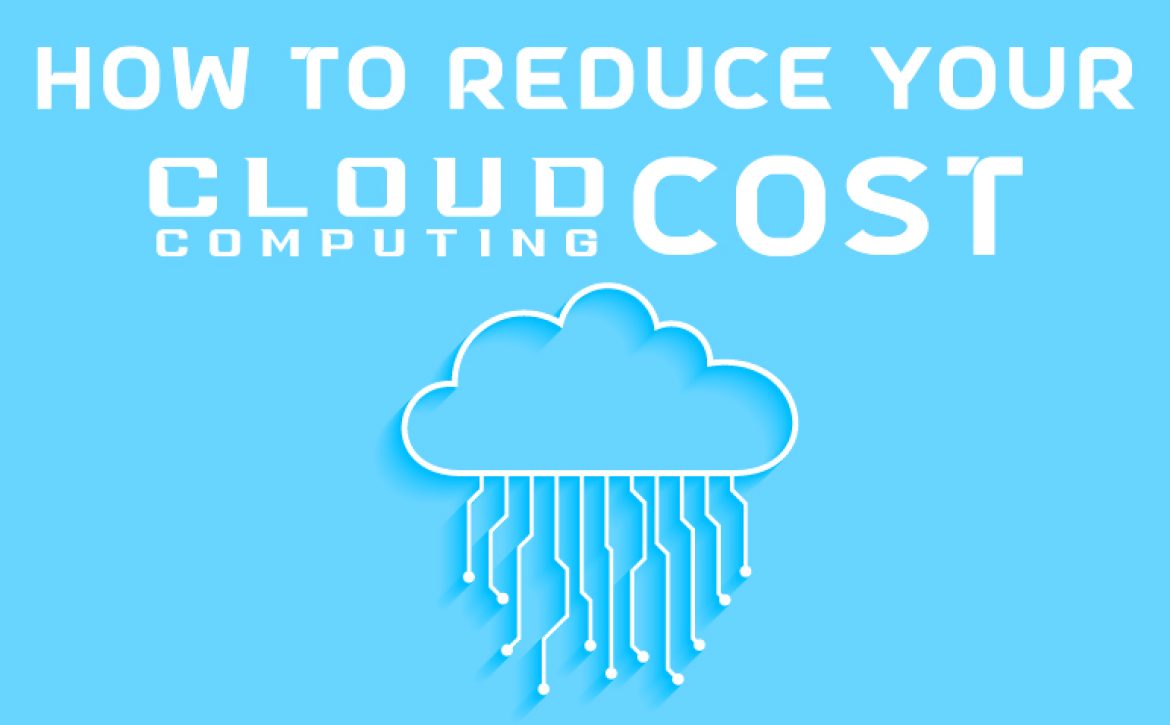
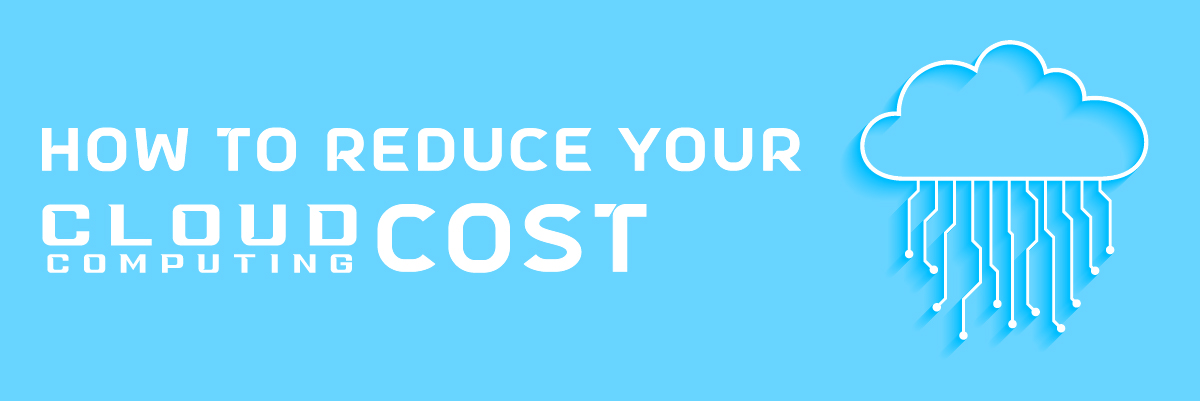



 Best Practices for Managing Data Security and Privacy Concerns in Cloud Computing
Best Practices for Managing Data Security and Privacy Concerns in Cloud Computing

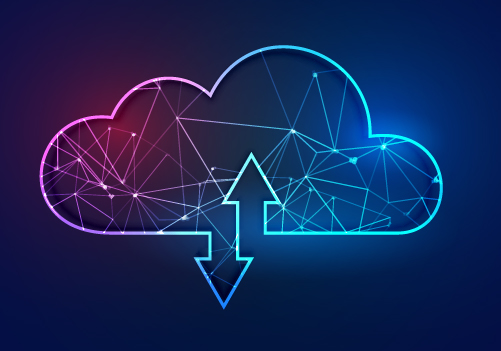

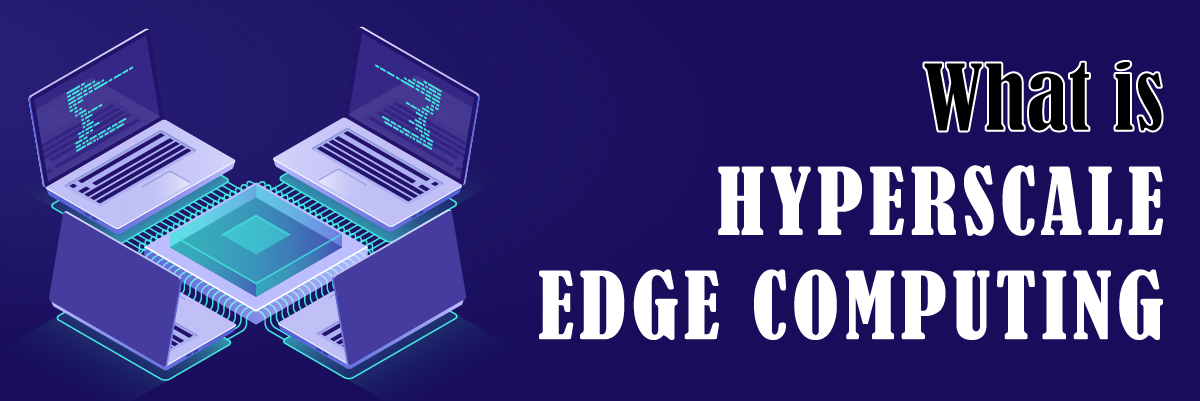



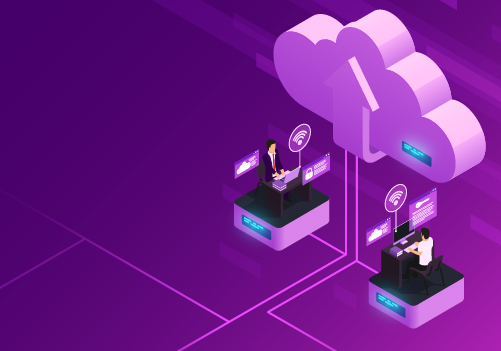

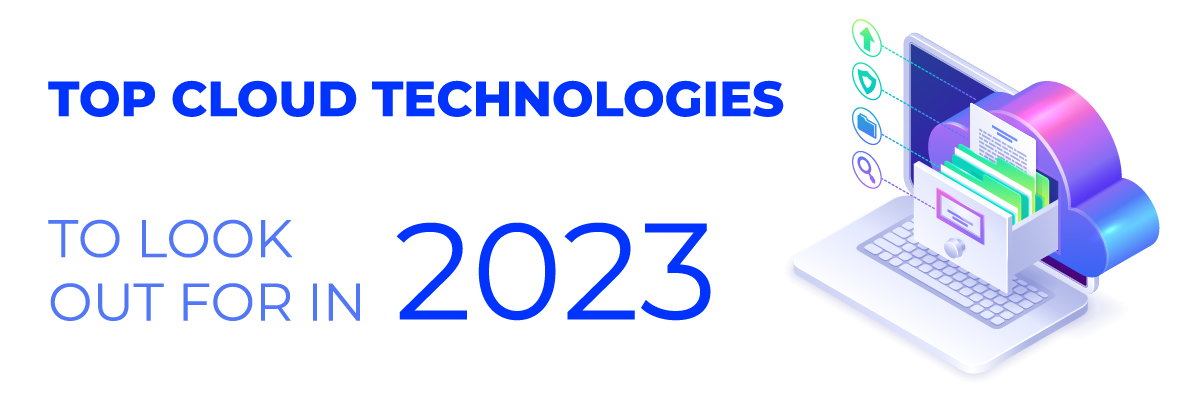
 Artificial Intelligence and Machine Learning Integration
Artificial Intelligence and Machine Learning Integration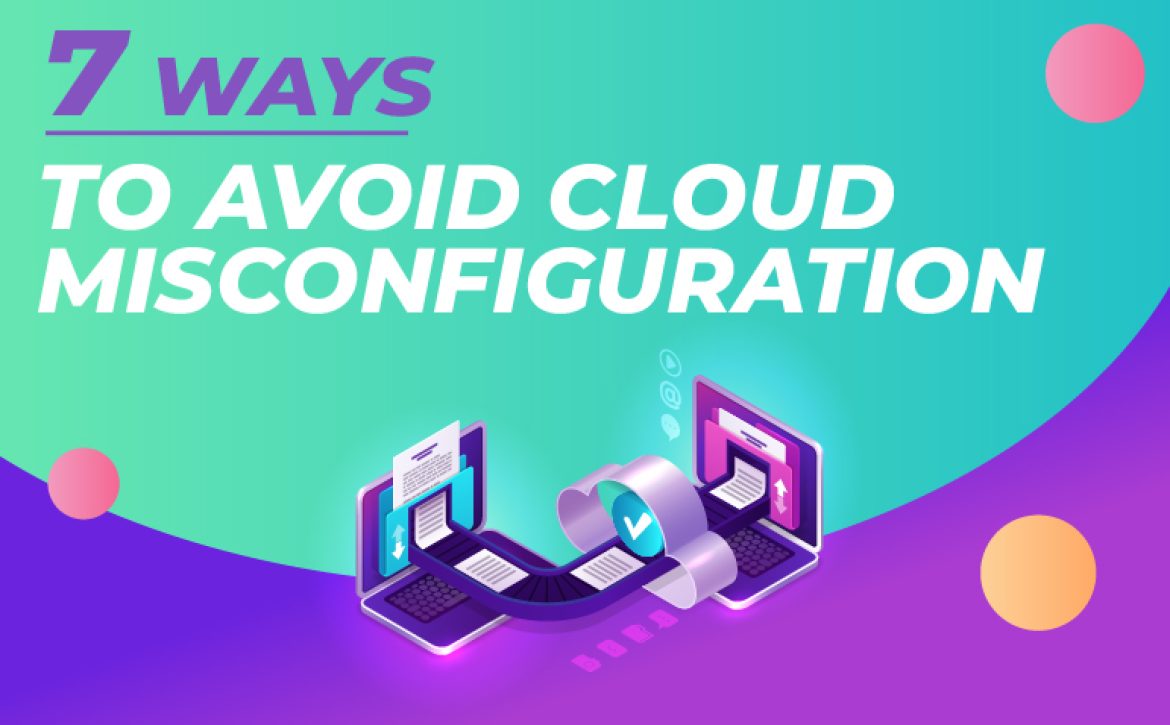

 How to Avoid Cloud Misconfiguration?
How to Avoid Cloud Misconfiguration?